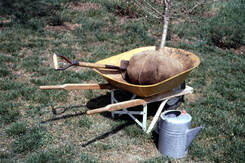 The fall season can be an excellent time to plant trees. During the spring, soils are cold and may be so wet that low oxygen levels inhibit root growth. The warm and moist soils normally associated with fall encourage root growth. Fall root growth means the tree becomes established months before a spring-planted tree and is better able to withstand summer stresses. The best time to plant trees in the fall is early September to late October. This is early enough that roots can become established before the ground freezes. Unfortunately, certain trees do not produce significant root growth during the fall and are better planted in the spring. These include beech, birch, redbud, magnolia, tulip poplar, willow oak, scarlet oak, black oak, willows, and dogwood. Fall-planted trees require some special care. Remember, that roots are actively growing even though the top is dormant. Make sure the soil stays moist but not soggy. This may require watering not only in the fall but also during the winter months if we experience warm spells that dry the soil. Mulch also is helpful because it minimizes moisture loss and slows the cooling of the soil so root growth continues as long as possible. (Ward Upham) 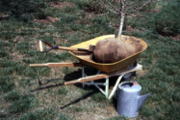 Cathie Lavis, our Landscape Specialist has authored a new publication on planting trees. This is a two-page publication with the first page covering the proper planting of a ball-in-burlap tree, and the second page covering container-grown trees. If you want a newly planted tree to survive and thrive, proper planting is vital. You can find the publication at: https://www.bookstore.ksre.k-state.edu/pubs/MF3313.pdf (Ward Upham) 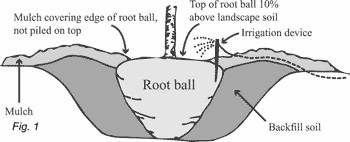 Before you begin spring landscaping, here are some tips on planting trees. 1. Select the right tree for the site. To avoid serious problems, choose trees that are adapted to your location. Consider whether the tree produces nuisance fruit or if there are disease-resistant varieties available. For example, there are a number of crabapple varieties that are resistant to apple scab and rust diseases. Also consider the mature size of a tree to be sure you have enough room. See http://hnr.k-state.edu/extension/info-center/recommended-plants/index.html or ask a local nurseryman for suggestions for trees adapted to your area. 2. Keep the tree well watered and in a shady location until planting. When moving the tree, lift it by the root ball or pot and not by the trunk. 3. Before planting, remove all wires, labels, cords or anything else tied to the plant. If left on, they may eventually girdle the branch to which they are attached. The root flare (point where trunk and roots meet) should be visible. If it isn't, remove enough soil or media so that it is. 4. Dig a proper hole. Make the hole deep enough so that the tree sits slightly above nursery level. Plant the tree on solid ground, not fill dirt. In other words, don't dig the hole too deep and then add soil back to the hole before placing the tree. The width of the planting hole is very important. It should be three times the width of the root ball. Loosening the soil outside the hole so it is five times the diameter of the root ball will allow the tree to spread its roots faster. 5. Remove all containers from the root ball. Cut away plastic and peat pots; roll burlap and wire baskets back into the hole, cutting as much of the excess away as possible. If you can remove the wire basket without disturbing the root ball, do it. If roots have been circling around in the container, cut them and spread them out so they do not continue growing so that they circle inside the hole and become girdling roots later in the life of the tree. 6. Backfill the hole with the same soil that was removed. Amendments such as peat moss likely do more harm than good. Make sure the soil that goes back is loosened - no clods or clumps. Add water as you fill to ensure good root to soil contact and prevent air pockets. There is no need to fertilize at planting. Note: Adding organic matter to larger area than just the planting hole can be beneficial, but it must be mixed in thoroughly with the existing soil. However, adding amendments to just the planting hole in heavy soil creates a “pot” effect that can fill with water and drown your new tree. 7. Don't cut back the branches of a tree after planting except those that are rubbing or damaged. The leaf buds release a hormone that encourages root growth. If the tree is cut back, the reduced number of leaf buds results in less hormone released and therefore fewer roots being formed. 8. Water the tree thoroughly and then once a week for the first season if there is insufficient rainfall. 9. Mulch around the tree. Mulch should be 2 to 4 inches deep and cover an area two the three times the diameter of the root ball. Mulching reduces competition from other plants, conserves moisture and keeps soil temperature closer to what the plants' roots prefer. 10. Stake only when necessary. Trees will establish more quickly and grow faster if they are not staked. However, larger trees or those in windy locations may need to be staked the first year. Movement is necessary for the trunk to become strong. Staking should be designed to limit movement of the root ball rather than immobilize the trunk. (Ward Upham) Video of the Week: |
AuthorsCynthia Domenghini runs the Horticulture Response Center in the Department of Horticulture and Natural Resources at Kansas State University. Other contributors include K-State Extension Specialists. Archives
March 2024
Categories
All
|
| K-State Research and Extension Horticulture Newsletter |
|
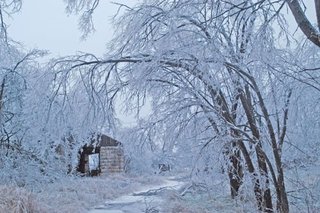
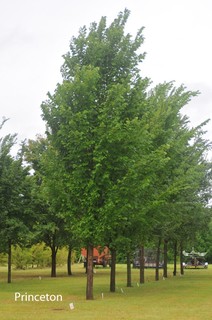
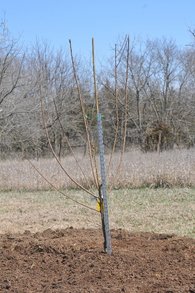
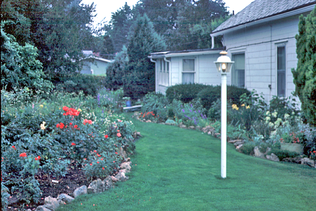
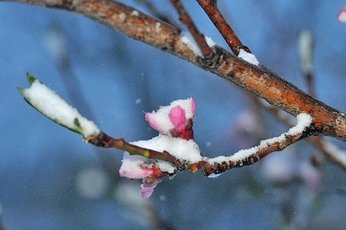
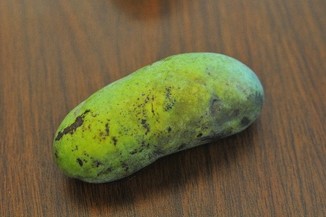
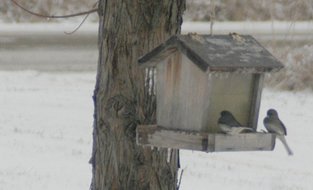
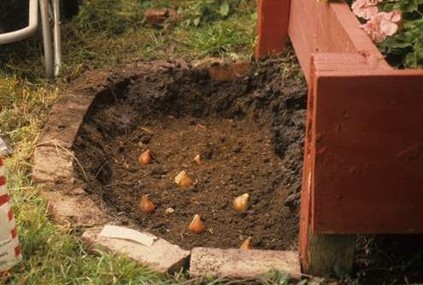
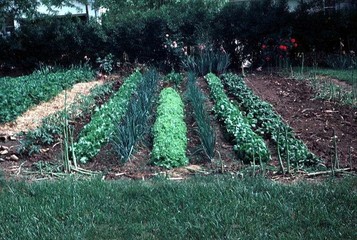
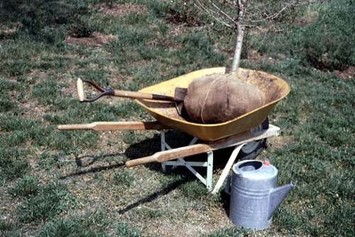
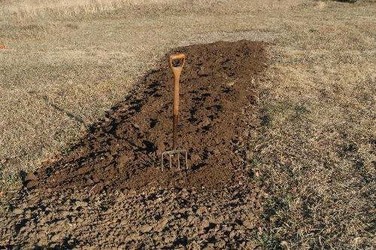
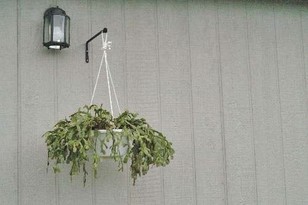
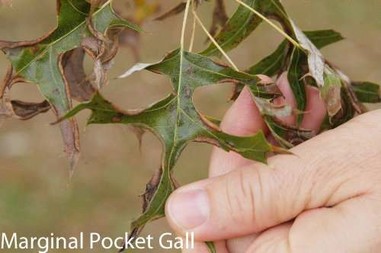
 RSS Feed
RSS Feed
